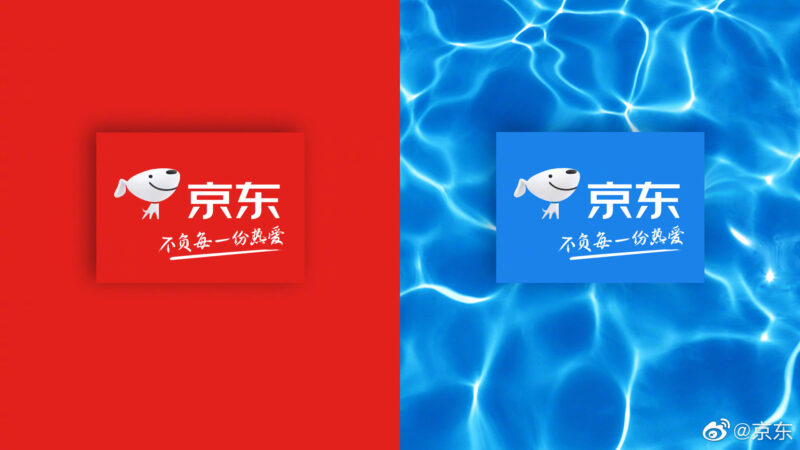Alibaba’s Taobao and Tencent’s WeChat have joined hands in their latest venture to expand their digital empires. As part of a new agreement, WeChat has added Taobao advertisements and links to the bottom of its platform’s articles to bolster its partner’s sales.
After clicking the Taobao page, users can jump directly from WeChat to Taobao to complete their purchases and easily return to the main browser to explore more products on the Taobao homepage. With practically no obstacles standing in the way of users placing orders through Taobao in WeChat, the link between the two parties is smooth and “barrier-free”.
Apart from Taobao, other e-commerce platforms such as Vipshop, Pinduoduo, JD.com, and Meituan will equally be displayed (if not more) in the advertising space at the bottom of WeChat articles. Users who have not already have the applications will be directly prompted to download the respective platforms.
Meanwhile, for Taobao merchants struggling to gain traffic on Tencent’s e-commerce platform, this move could be pivotal as merging into WeChat’s public and private traffic pools increase the likelihood of exposure by the millions. In fact, in 2022 alone, WeChat public accounts generated over 398 million articles, and at least 1,092,700 new articles were published for readers on a daily basis.
In 2013, Taobao first began directing traffic from WeChat to its own download page. However, WeChat shut down the link channel connecting to Taobao’s website. At that point, only Taobao links could be shared with WeChat friends in the form of Taobao codes. By the second half of 2021, major platforms began insisting on interconnection and as a result WeChat gradually opened a function of direct access to external links in chat and group chat scenarios.
With many eyes on WeChat, Taobao’s advertisements and seamless transitions are highly likely to garner attention in the coming months.









